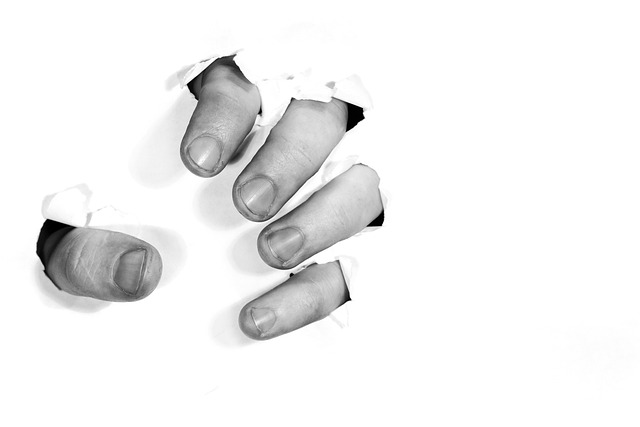Self-Exclusion Tools are digital solutions that empower users to control online interactions, reduce excessive screen time, and mitigate addiction risks by setting personalized boundaries for specific platforms, apps, or content types. These tools enhance well-being, improve focus, and promote self-discipline, enabling better time management and mental health benefits both in work environments and educational institutions.
Self-exclusion tools are powerful mechanisms designed to help individuals gain control over their behaviors and habits. In today’s digital age, these tools have become increasingly important, enabling people to set boundaries, manage impulses, and promote self-discipline. This article explores the understanding and functionality of self-exclusion tools across various contexts, while also providing strategies for personal growth through effective implementation. By delving into these mechanisms, we aim to empower individuals to make positive changes in their lives.
- Understanding Self-Exclusion Tools and Their Purpose
- How Self-Exclusion Tools Work in Different Contexts
- Implementing Effective Self-Exclusion Strategies for Personal Growth
Understanding Self-Exclusion Tools and Their Purpose

Self-Exclusion Tools are designed to empower individuals to take control of their online interactions and well-being. These tools allow users to voluntarily limit or pause access to certain digital platforms, apps, or even specific content types. By implementing self-exclusion, individuals can reduce excessive screen time, mitigate potential addiction risks, and create a healthier balance in their digital lifestyles.
The primary purpose of Self-Exclusion Tools is to provide users with the agency to set boundaries and manage their online habits. These tools often offer customizable settings, allowing people to define parameters for their self-imposed restrictions. Whether it’s blocking access during specific times, limiting daily usage, or filtering certain categories, these mechanisms enable individuals to make conscious decisions about their digital consumption, ensuring a more mindful and intentional approach to technology use.
How Self-Exclusion Tools Work in Different Contexts

Self-Exclusion Tools are designed to empower individuals and organizations by enabling them to take control of their digital well-being. These tools work by allowing users to set specific boundaries around their online activities, such as limiting time spent on certain apps or websites, blocking access during particular hours, or restricting content categories. For instance, in a workplace setting, managers can use self-exclusion tools to prevent employees from accessing social media platforms during working hours, fostering a more productive environment. Similarly, individuals can utilize these tools to manage their personal screen time, ensuring a healthier balance between online and offline activities.
In educational institutions, self-exclusion tools play a vital role in promoting focused learning. Students can set exclusions to block distracting websites or apps during exam periods, enhancing their concentration and academic performance. These tools are also beneficial for individuals dealing with internet-related addiction or compulsive behaviors, as they provide a means to break free from harmful online habits. By setting self-imposed restrictions, users can reclaim their time and attention, leading to improved mental health and overall well-being.
Implementing Effective Self-Exclusion Strategies for Personal Growth

Implementing effective self-exclusion tools is a powerful strategy for personal growth, allowing individuals to create healthy boundaries and focus on their well-being. These tools enable people to consciously step away from behaviors or situations that hinder progress and self-actualization. By utilizing self-exclusion techniques, one can cultivate a mindset of intentionality, where choices are made with conscious awareness, promoting positive change.
For instance, setting specific exclusion limits for social media engagement or allocating designated ‘digital detox’ periods can significantly reduce distractions and increase productivity. This practice encourages individuals to reflect on their priorities, fostering self-discipline and a sense of control over one’s life. As a result, people can better manage time, improve focus, and enhance overall mental clarity, all essential aspects for personal growth and development.
Self-exclusion tools, when used thoughtfully and strategically, can be powerful catalysts for personal growth and well-being. By understanding their purpose and implementing effective strategies, individuals can better navigate digital environments, foster healthier habits, and achieve their goals. Incorporating these tools into daily life encourages a balanced approach to technology use, enabling folks to take control of their online experiences and lead more fulfilling lives.






